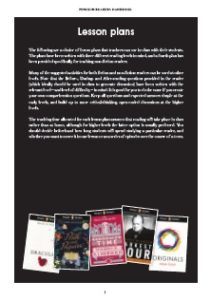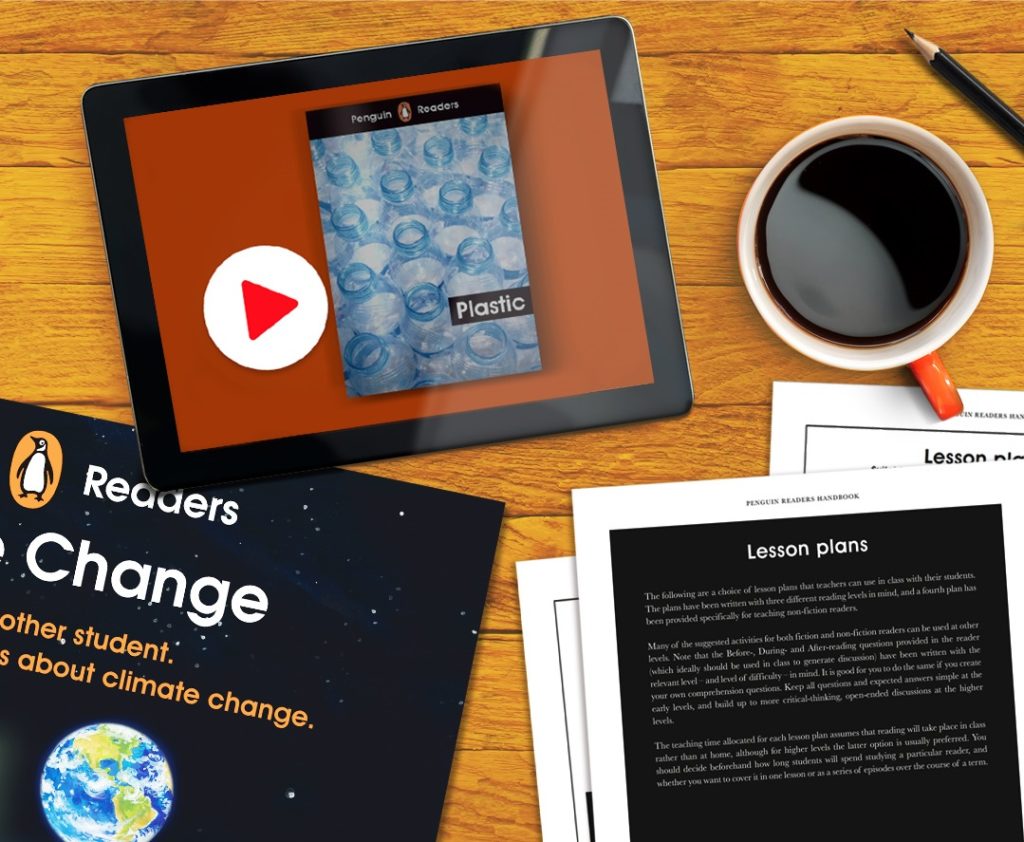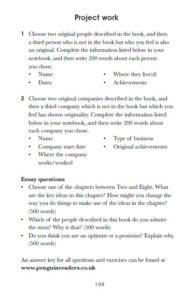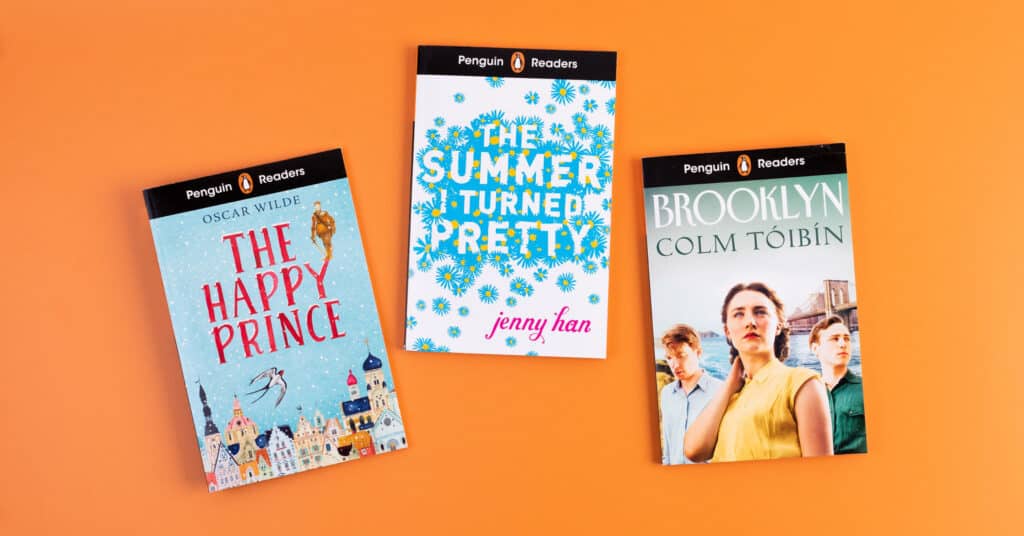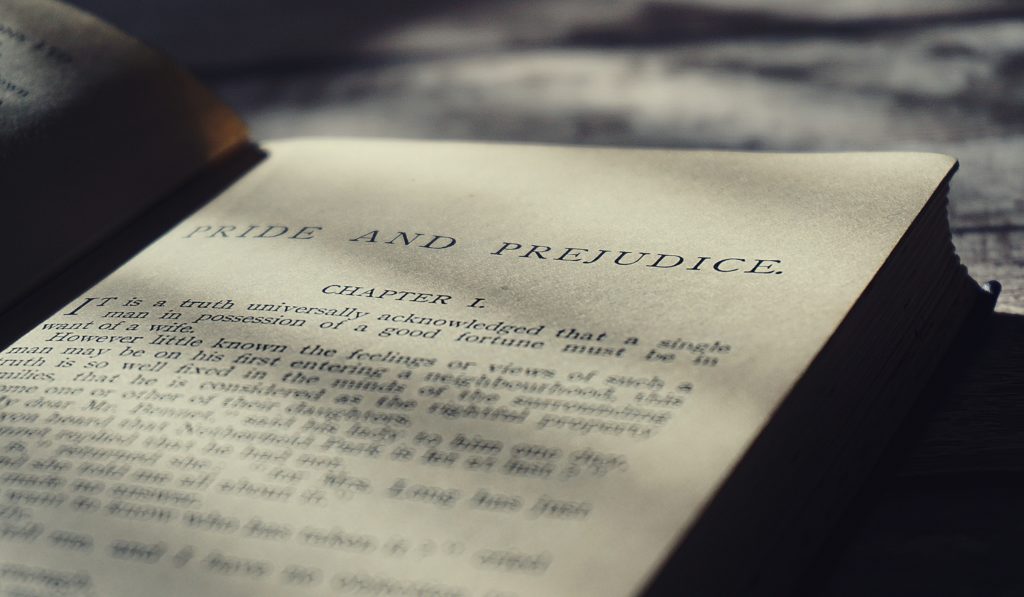How to Use Penguin Readers in the classroom
Reading in a foreign language can be a daunting task, so the Penguin Readers series has been designed to make learning as seamless as possible. Here’s how to get the best out of them in the classroom.
The Penguin Readers series offers a range of graded readers for learners of English as a second language, around the globe. The range of books includes something for everyone, such as non-fiction for the more reluctant readers to history, thrillers, contemporary fiction and popular classics.
Reading in a foreign language can be a daunting task and Penguin Readers have been created with this in mind. The books have been adapted according to the CEFR and include excellent resources that can be used by the teacher and the students in the classroom. Here’s a quick run-through of how to use them in the classroom.
‘People in the Story’ page
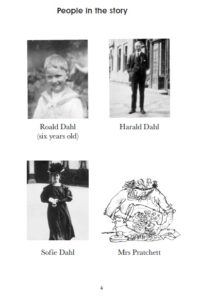
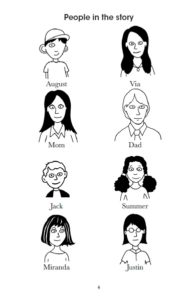
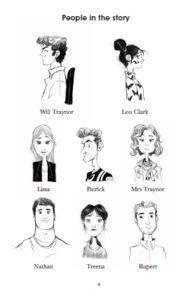
In every book that contains characters, there is a page with the key characters. This helps give context to the characters in the book and can be used in a variety of ways.
1. Pre-reading
Elicit as much information as possible from your pupils about the characters. Use the pictures to discuss the key characters and talk about their roles in the story. At this stage, it is a tool to encourage predictions and increase student interaction prior to reading the book.
2. Whilst reading
Go back to the page after reading and discuss the role of each character in more detail. It can also be used to compare the relationships between each character. The visuals are a fantastic prompt to help learners recall information from the book.
Encourage learners to think of key adjectives or key words to place next to each character on the people in the story page. This is a wonderful study skill to help them really think about each character in detail. If you don’t want learners to write in the book, then place the visuals or just the names of the characters around the class and perform as a class activity.
3. Post-reading
Use the pictures of each character to concept-check ideas from the class. This will help elicit information from learners before a writing task or extended work on the book. It is also useful consolidation task to help learners remember key scenes from the book.
‘New Words’ Page
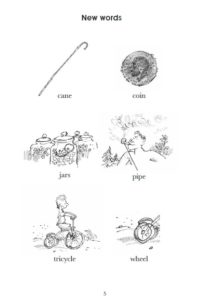
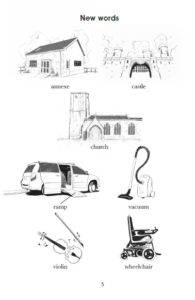
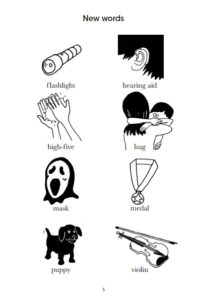
This page can be used in a variety of ways depending on learning styles and aims of the task.
- Pre-teaching certain key words or phrases can be useful prior to reading. Use the ‘New Words’ page to think about the key words from the book, encourage learners to use an English dictionary and read the definitions of each keyword.
- Use the key words as a starting point to elicit definitions from the learners. Even if they do not know all of the words, it is a useful speaking activity.
- Give students a set of laminated definitions for the words and ask them to match them appropriately.
- Use the page whilst reading or post-reading to concept check overall understanding of each word.
- Use the page post-reading and ask learners to come up with an oral or written summary of the book using each word from the page.
Glossary
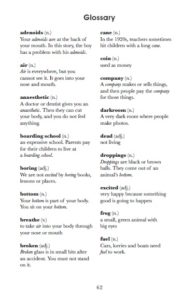
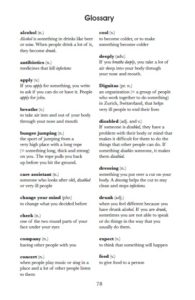
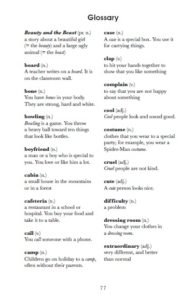
The glossary page can be used post-reading as a consolidation activity for the learners. The repetition of new words is essential for students.
Additional ideas for use:
- Cut up the definitions and words and laminate them, then ask students to match them correctly.
- Give half the class the definition on a post-it note and half the class the key words. Use this as a mingling activity, the learners have to mingle and match the correct definitions and words.
- Put the class into groups, one learner has to read out a definition and the others have to use a buzzer to buzz in when they know the correct word for the definition.
- Tell learners to refer to the glossary at all times whilst reading the book and use it as a dictionary.
Tips for using Penguin Readers
- Most of the lower-level graded readers are supported with visuals. Visuals can really help learners connect with the text and help their overall understanding.
- Each book has a short introduction to the text. This can be extremely useful to present the main ideas of the book before reading. Often small chunks of text as an introduction can help learners grasp key ideas before they read numerous pages.
- Comprehension questions directly follow the text. These can be used as a whole class or group activity to discuss key content from the book. It is an ideal way to elicit information from the learners and concept check their overall understanding.
- Project pages and essay questions are included in higher-level books, this is useful for teachers.
The readers have been written with both the teacher and student in mind. There is a range of useful pages that are designed to help the learners at every stage of their reading, while also providing teachers with additional resources. So, find a reader that is suitable for the level of your learners and think about topics that will interest them. There is range to suit every taste! Don’t forget to look at the lesson plans as they are packed with additional ideas to use in your class.
